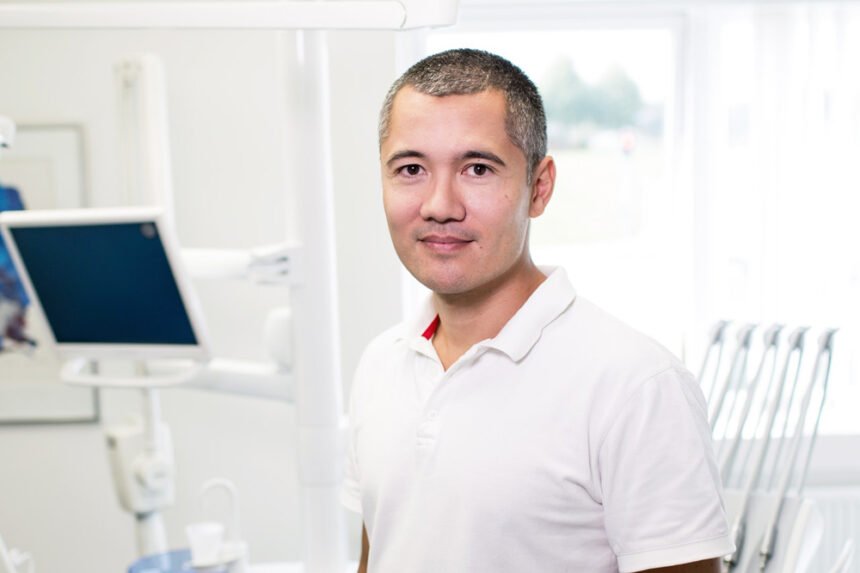Earlier in 2017, the Washington Post shed light on a important healthcare problem in the United States ? a lack of access to affordable, or any, dental care. In ?The Painful Truth About Teeth,? reporters revealed how many Americans are forced to take days off of work and line up to receive care at free and low-cost mobile dental clinics due to the absence of local providers. With dentists concentrated in high wealth, urban areas, rural and low-income patients go unattended. Unfortunately, what this article makes clear is that mobile clinics aren?t the answer to unequal dental care; so what can we do? The key to breaking down treatment barriers could be the adoption of telemedicine in dentistry.
Isolated From Care
There are several different reasons that patients may be isolated from dental care. In addition to physical isolation, as is commonly seen among rural patients, some elderly individuals struggle to get to the dentist simply because of their age. And while relatives or aides will often prioritize making sure elderly individuals attend normal medical appointments, they often overlook dental care. One New York City-based dentist makes house calls for elderly patients, but that?s not tenable as a broad practice. Telemedicine, on the other hand, could bring dentistry into the primary care office, allowing patients to get a dental screening while seeing their primary care practitioner. All it takes is a few basic tools and an internet connection for these patients to receive a complete evaluation.
Combined Care
Telemedicine practices are often mobile, meaning they?ll travel to different locations to reach patients rather than having any type of permanent office. This further bridges the gap for physically or economically isolated patients by bringing care directly to them. It also means that telemedicine services can combine with other care providers to provide more complex care to patients with multiple health conditions. Consider, for example, patients with diabetes who need additional monitoring and who can suffer from diabetes-induced dry mouth and concomitant cavities and tooth decay. These patients may be inclined to skip dental appointments, but if these are combined with standard care through a telehealth link, they can keep up with all maintenance care simultaneously. The same logic applies to patients with other complex conditions. Particularly for specialists who see patients at a higher risk for dental problems, such as those with specific autoimmune conditions, or cardiologists whose patients can suffer serious complications from a minor oral infection, linking traditional medical care with telehealth dentistry can prevent serious long-term consequences. In fact, combined care is considered a highly valuable approach within telemedicine, more broadly, as patients who are isolated from one form of care often lack access to other services. One ship-based healthcare program, currently serving several islands in Maine, doesn?t yet offer dental care but hopes to add it to their current offerings of physicals, immunizations, behavioral screenings, and care for chronic conditions. Without the full complement of services, patient health will always be compromised to some degree.
Creating The Foundation
Finally, telehealth based dentistry is vital to forming early care foundations, especially in impoverished communities. While wealthy parents have the extra income to take their children for early dental screenings, many poor families are forced to skip this critical care. Telehealth dentistry, however, can come directly to low-income schools and begin screening patients from preschool onwards. This is can help prevent chronic poor dental health among impoverished individuals. It?s easy to take telehealth dentistry on the road today because all that?s needed is a fold-up dental chair, like those used in other mobile dental clinics, a simple set of tools, and a computer. Typically run by dental technicians and assistants rather than full dentists, these programs are comparatively inexpensive but diagnoses are still made by a dentist on the other end of the internet connection. Accuracy of diagnosis and choice of treatment is typically consistent between in-person treatment and telehealth treatment.
Earning Official Status
Telehealth dentistry is certainly making inroads, not just in overall demand, but because the practice now has an official set of CDT codes to be put into use starting in 2018. Like the ICD-9 and ICD-10 codes used in medical billing, the general community knows that a condition has been validated. With the introduction of CDT codes, telehealth dentistry as an entire field has received official backing by the medical establishment. More dentists may be willing to practice telehealth dentistry on the side now that it can be billed as a specific practice. Right now, telehealth dentistry is typically practiced through pilot programs funded through grants. The introduction of CDT codes could be what it takes for telehealth dentistry to take off.








